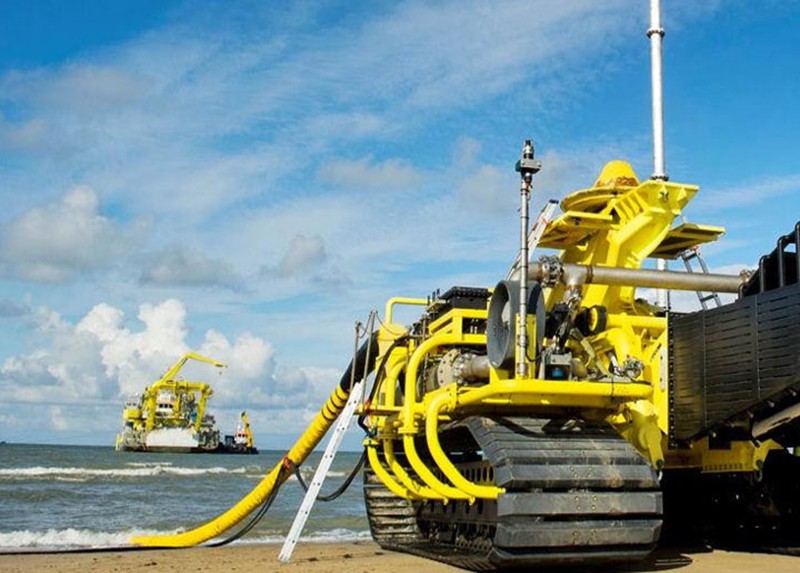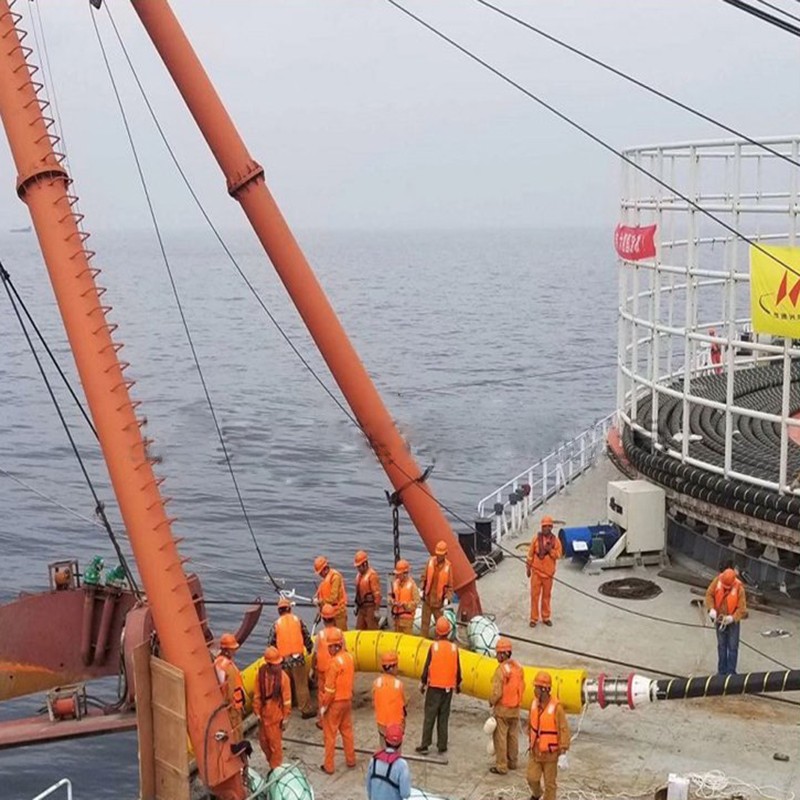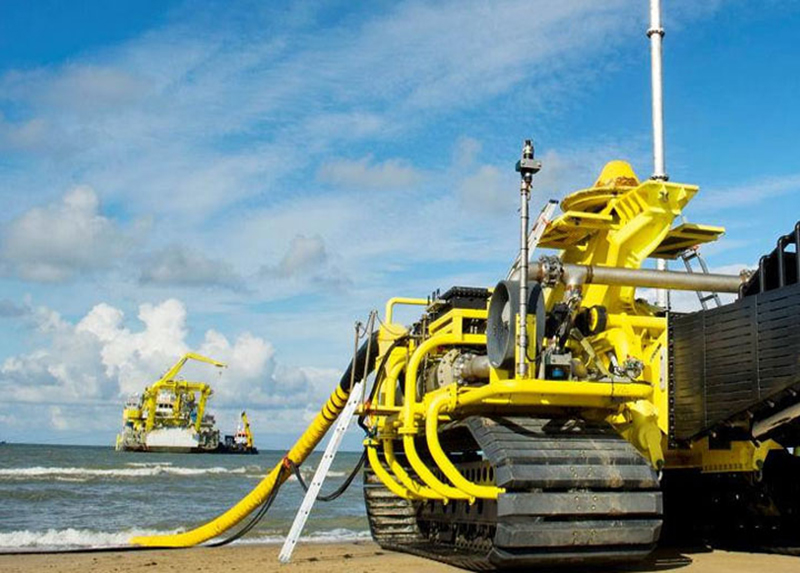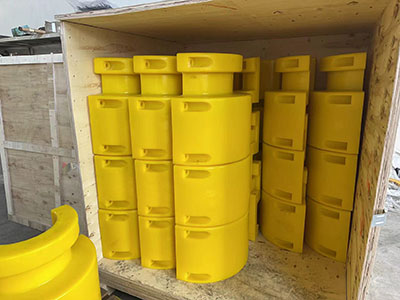Marine flexible risers are prone to over- bending during application, so the bend restrictor is designed to prevent the flexible risers from excessive bending when connected to rigid structures, such as subsea pipeline terminal manifolds or wellhead structures. Thus reducing the damage caused by the flexible riser.
Bend Restrictor Operating Principle
The bend restrictor consists of four parts: joint, interface structure, bending limiter interlock element and fastening bolt. When the bending limiter is subjected to an external load, the interlock elements are locked together so that the bending limiter forms a certain bending radius (no less than the minimum bending radius of the flexible hose),which protect hoses from potential loads.

High Impact Test of Bending Limiter
High impact testing is an essential step before the bend restrictor is put into service. The purpose of the destructive impact test is to determine the max fatigue load of the bending limiter. The compressive strength of the bend limiter should be greater than 45PMa, and the current high impact test conducted by Philson is a 260kg 2m high impact test (A 260kg bending limiter is free falling at a height of 2m). In addition, we can also offers bending moment test under normal load, limit bending moment test, side pressure resistance test, thermal deformation temperature test.

Application Area
• Rigid connection points: Rigid connections for flexible risers to submarine structures such as risers, manifolds, or wellheads to prevent excessive bending.
• Deepwater drilling operations: Protect column systems from complex mechanical behavior during drilling, installation, and recovery.
• Riser system: Control the transverse bending deformation of the riser under environmental load to improve the safety and reliability of the system.
If you would like to learn more about flexible risers for offshore drilling, please contact Philson.





